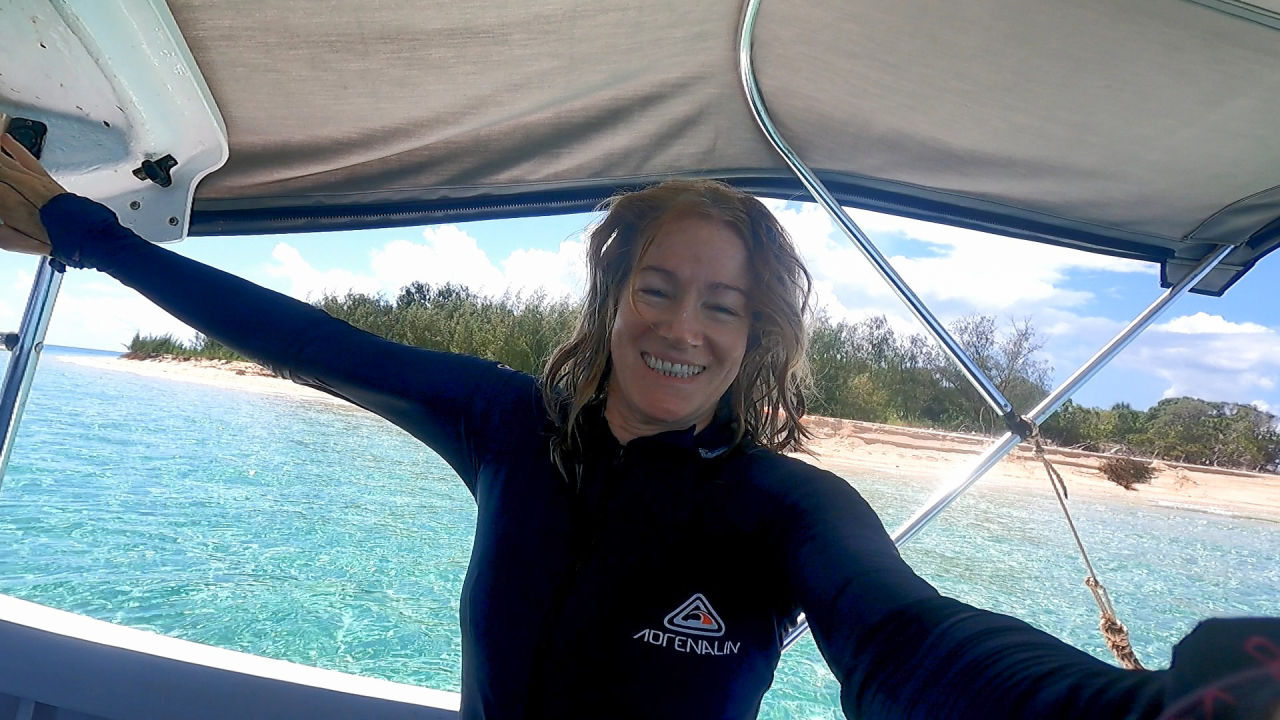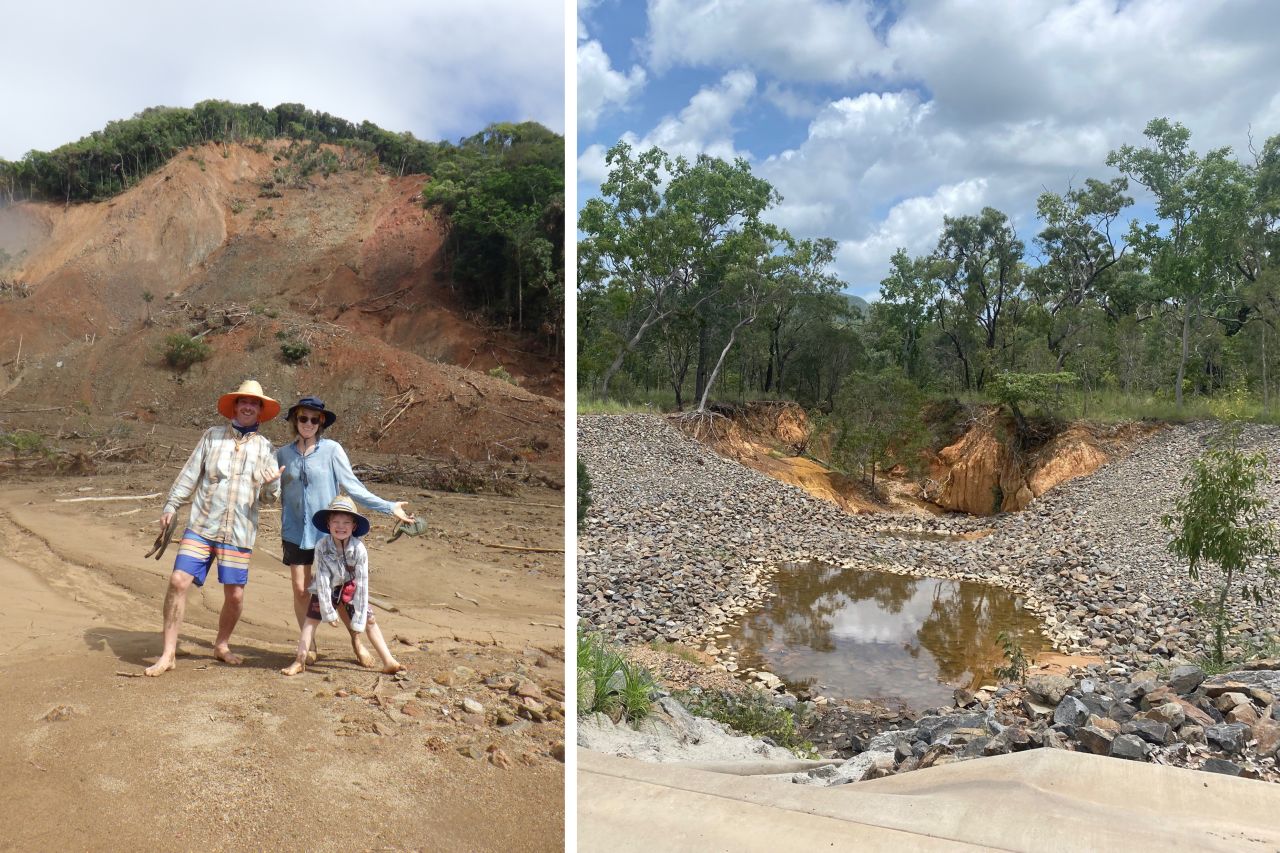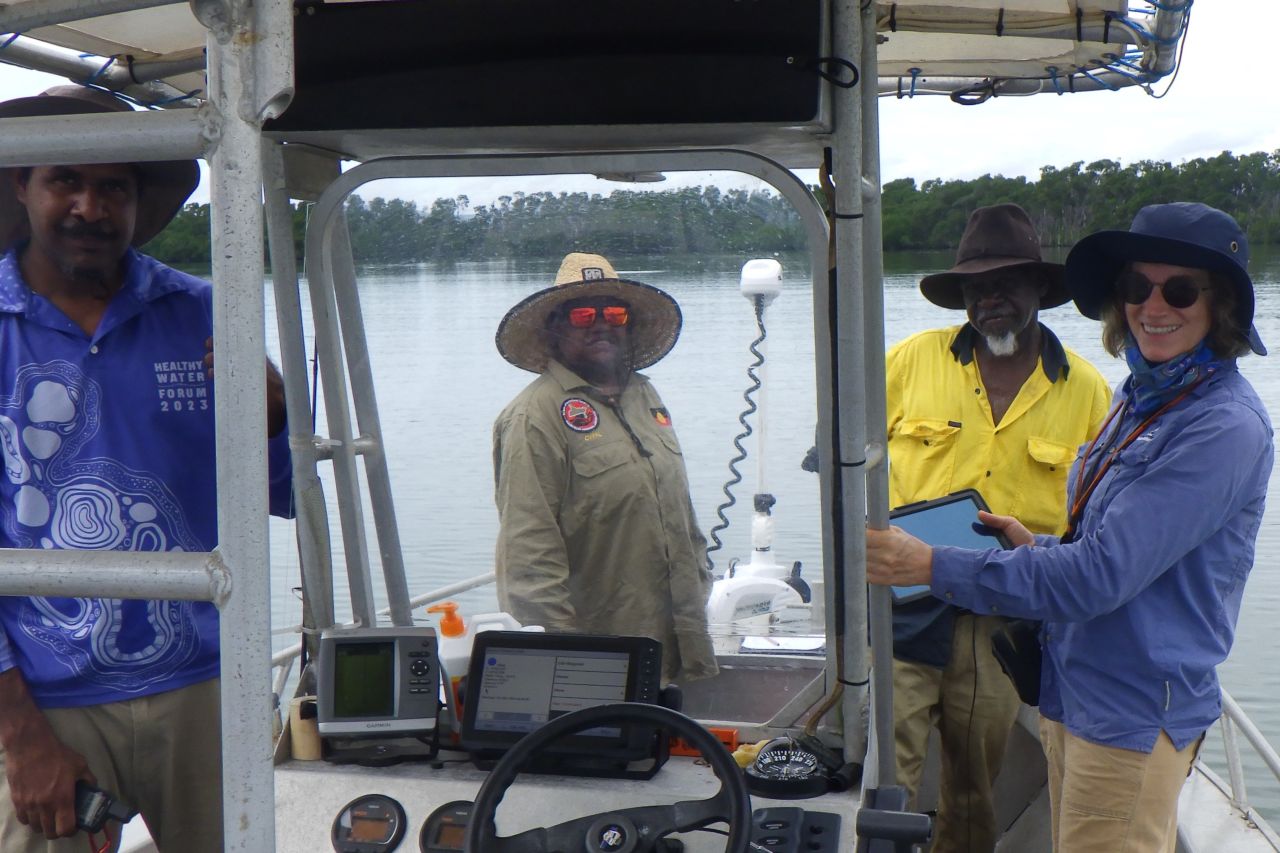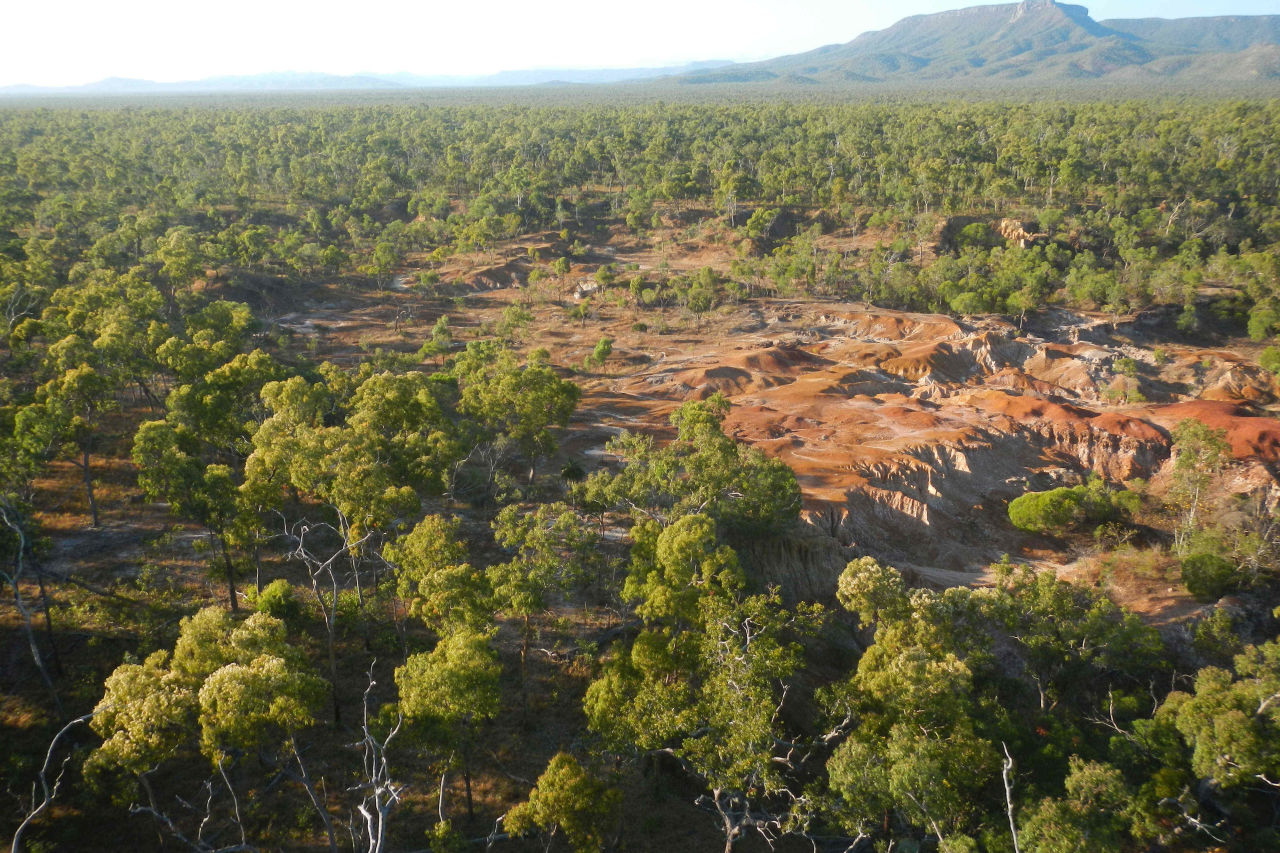People of the Reef ·
Dr. Christina Howley: ‘Working to protect Cape York’s remote waterways is worth the constant challenge’
Through dedication and collaboration, Dr. Christina Howley is making a difference in protecting Cape York’s waterways.

Christina Howley’s childhood dream was to be a marine biologist. Aged 12, she wrote her aunt a letter telling her that when she grew up she would live in Australia and work on the Great Barrier Reef.
“I don’t even remember knowing about the Great Barrier Reef at that point – I lived in the Arizona desert!”, she recalls. By age 14, she’d taken her first summer marine biology course in Monterey, California. At 15, she was conducting underwater research in the Caribbean. From her first scuba dive, she was hooked.
“I knew I wanted to be a marine scientist, but I made my way via a very indirect route. After university, I worked in the US doing hazardous waste site assessment and emergency response for the US Environmental Protection Agency. It was exciting, but after a few years in Colorado, I decided I really needed to get back to the ocean.”

Sampling Princess Charlotte Bay flood plumes by chopper back in 2013. Credit: Christina Howley
She came to Australia to complete her Masters degree, where she conducted research on seagrass at the University of Wollongong. She moved to Cooktown in Far North Queensland in 2001 and has been there ever since – her dream of working on the Great Barrier Reef finally a reality. For nine years Christina worked with the Cape York Marine Advisory Group (CYMAG), led by her commitment and dedication to helping the local community.
“One of my first big projects with CYMAG was writing a marine and coastal management plan for Cape York, and in doing that I travelled around the Cape and met almost every Indigenous Ranger group, government organisation and conservation group in the region. I sat down and listened to what their concerns were around the marine and coastal environment and what they thought needed to be done. There were a lot of concerns about water quality and wetland health, mainly because of feral pigs, but also mining and road erosion.”
Christina began working with many of these groups to implement wetlands, river and biodiversity monitoring projects, and went on to write catchment management plans and Healthy Country Plans based on their findings.
This collaborative effort between community groups, land managers, and scientists led to the creation of the Cape York Water Partnership, which Christina co-founded in 2016.

Left: Christina with partner Jeff and son Theo on recent family trip to Cedar Bay landslides. Credit: Janie White. Right: An example of gully remediation near Cooktown. Credit: G. Oliver
Historically, the Cape York region has been considered pristine and was often overlooked and categorised as low risk and low priority. However, Cape York has been subjected to 150 years of cattle grazing on erosion-prone soils. Extensive road and track networks and extreme wildfires also contribute to erosion issues. It is also affected by tropical cyclones, like Tropical Cyclone Jasper that hit in December 2023, causing landslides and widespread damage to riparian zones, with unprecedented volumes of sediment and nutrients discharged to the Great Barrier Reef coastal zone. While nutrients might sound beneficial, they can disrupt the delicate balance on the Reef by causing algal blooms, which block sunlight and reduces coral diversity.
“Cape York Traditional Owners and other community organisations have been watching their precious aquatic habitats slowly deteriorate. We wanted to get more attention and more resources to protect the amazing aquatic ecosystems in Cape York,” Christina noted.
Christina and the other members of the Partnership continued to set up monitoring projects across the Cape, including nine remote river gauges to estimate sediment loads flowing to the Reef. But they were frustrated by the lack of funding for catchment management, until 2020 when Christina got a call from the Great Barrier Reef Foundation saying they wanted to invest in water quality conservation work in Cape York.
Over the past three years with the help of this funding, the Water Partnership has gone from a loose network of affiliated organisations to an incorporated association with 10 staff members helping to deliver the $9m Eastern Cape York Water Quality Program. Under the ECYWQP, local scientists, Traditional Owners and Indigenous ranger groups, landholders, conservation groups and other land managers are all sharing knowledge and resources to better protect the Cape’s aquatic ecosystems and adjacent coral reefs.

Christina with Juunjuwarra rangers (Tiara, Venon and Neil) on a recent seagrass monitoring trip. Credit: Nicko
Through the Eastern Cape York Program, Christina, together with the Cape York Water Partnership and their partners, are undertaking significant works aiming to reduce erosion and deliver measurable reductions in sediment to the Reef. This is being achieved through fire management projects, gully remediation, and reducing erosion on roads and tracks, while mapping erosion hot spots for future investments. As well as the overall Program Director, Christina is leading a Water Quality and Aquatic Ecosystem monitoring project that is quantifying sediment sources and sediment loads from Cape York rivers and documenting seagrass and wetland condition.
Christina also oversees monitoring of marine water quality across the Cape York region for the Great Barrier Reef Marine Monitoring Program. As a mother of a 6-year-old, this makes for a very busy schedule, but she enjoys the constant challenge of working in a remote region, and the opportunity to do work that she loves.
When asked what makes Cape York so special, Christina reflects that “of course the diversity and beauty of the Great Barrier Reef is incredible, and the fact that the Cape York catchments are still relatively intact (aside from serious erosion issues) make this part of the world uniquely magical.
“But what really makes it special is the cultural connections between the Traditional Owners and their land and sea Country. To them, water is sacred, and their knowledge of aquatic ecosystems is inspiring. I have been extremely fortunate to get to work beside and learn from many different Traditional Owner groups which has given me a greater depth of appreciation for this place.”
What drives Christina to keep working is the importance of protecting the ecosystems that remain. Despite the challenges she has faced along the way, knowing she has an amazing team beside her and a strong partnership of collaborators is what keeps her going.
Top photo: Christina on a day off on the reef. Credit: Christina Howley





